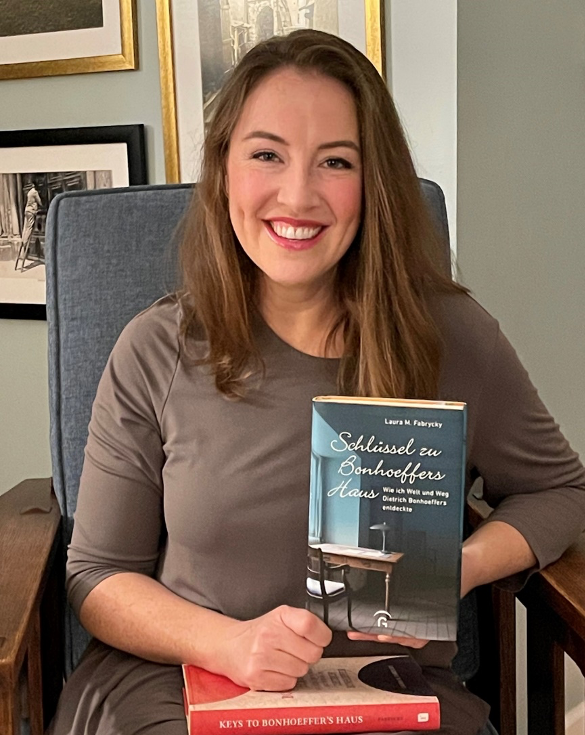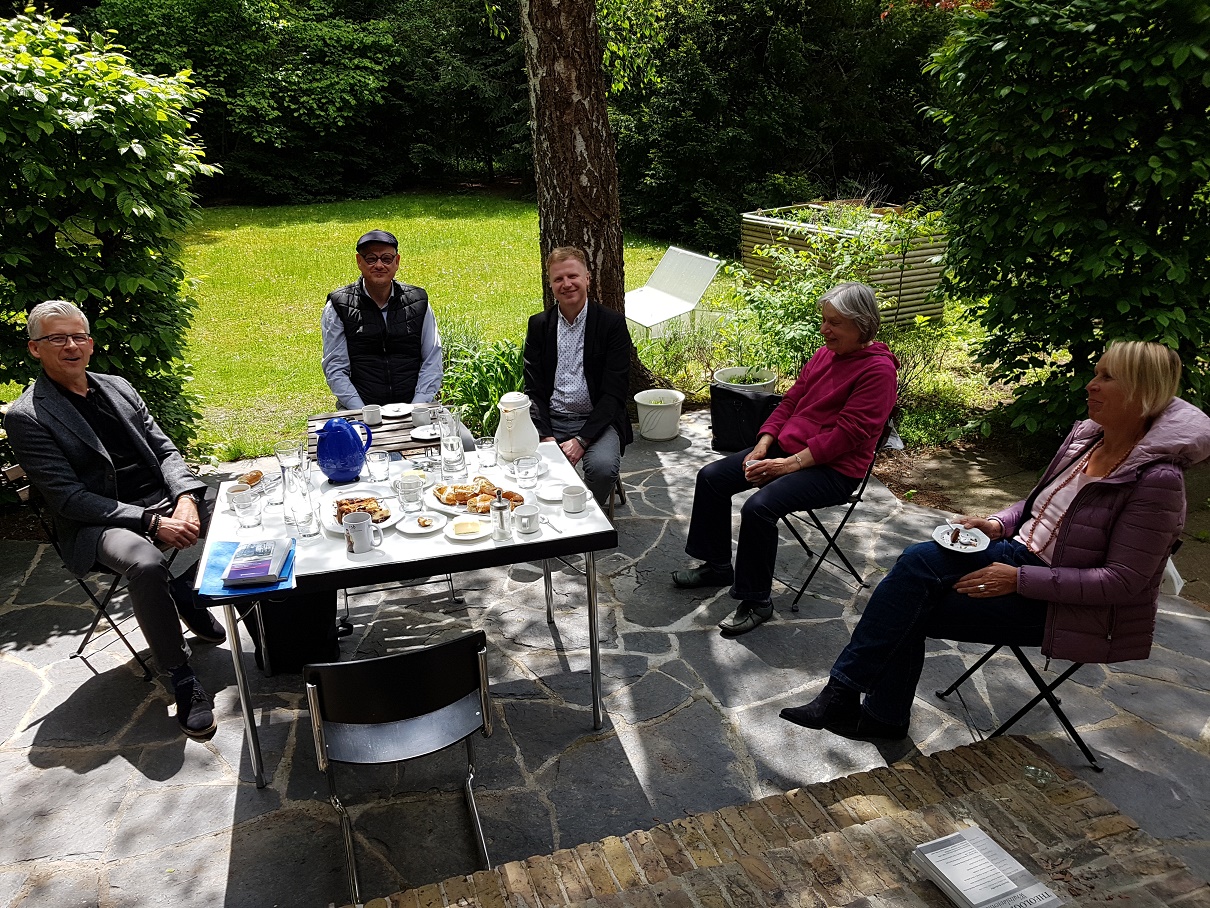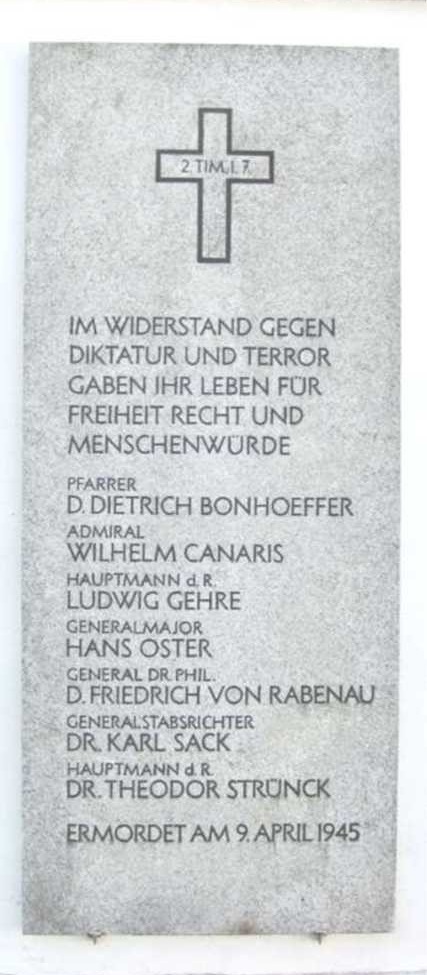Memorial and Place of Encounter – Bonhoeffer House
Registered Association
Marienburger Allee 43
14055 Berlin
Gottfried Brezger, Rev. ret.
Chairman of the board
1. I am standing here in front of the Bonhoeffer family home. Karl Bonhoeffer, one of the most famous psychiatrists and neurologists of his time,and his wife Paula had this house built as their retirement home. When they moved in in 1935, Karl was already 68 years old, but he still continued to practise. This was done on the ground floor, where he also had his library. Dietrich Bonhoeffer and his seven sisters and brothers did not grow up here, but in an old villa in the Grunewald district, about 3 miles away. Dietrich, the only one in the family who was not yet married, was 29 years old when he moved into the new house with his parents. Under the roof, where the two windows are, he had his study.
2. In his parents‘ house Dietrich Bonhoeffer wrote his ‚Ethics‘ and met with opponents of National Socialism. In the city of the ‚Topography of Terror‘, this house was a ‚Topography of Resistance‘. Dietrich Bonhoeffer was arrested here on 5 April 1943.
We now walk through the garden gate to the entrance of the house.
3. Karl and Paula Bonhoeffer lost two sons and two sons-in-law in the resistance: Klaus and Dietrich, Rüdiger Schleicher, married to Ursula Bonhoeffer, who lived with their family in the house next door, and Hans von Dohnanyi, married to Christine Bonhoeffer. They are commemorated by the memorial plaque at the entrance to the house.
4. After the death of their parents Karl in 1948 and Paula in 1951, the family sold the house to the Protestant Church in Berlin-Brandenburg. The house became the centre of the congregation of students at the universities in the west of the city. Eberhard Bethge, Dietrich’s friend and biographer, moved in with his family as the first student pastor. Renate Bethge, née Schleicher, a niece of Dietrich Bonhoeffer, had grown up in the house next door. Later, the house became a student dormitory owned by the church and remained so for 30 years. For a whole generation, the memory of the resistance was pushed into the background – also politically. Then, in 1987, the „Memorial and Place of Encounter – Bonhoeffer House“ was opened, not as a museum but as a historical place of learning that commemorates extraordinary men and women. The exhibition on the life of Dietrich Bonhoeffer on the ground floor and his restored study help in the search for traces.
5. Visitors from near and far come here. Dietrich Bonhoeffer is known worldwide as a pastor and theological teacher of the ‚Confessing Church‘, ecumenical admonisher for peace and author of moving letters and poems from prison. For him, „to pray and do justice and wait for God’s own time“ meant walking consistently the path of political resistance in faith, even to the point of death. His thoughts and actions also challenge us today in concrete ecclesiastical, ethical social and political conflicts to the responsibility for others that is founded in Christ in the time of “coming of age of the human being”.
6 .My name is Gottfried Brezger. I was a parish reverend in Berlin for 32 years and have now been retired for several years. I have been leading the work in this house since 1998. We are a team of currently six volunteers who invite individuals and groups for information and discussion and guide them through the house.
7. We request your enquiry or registration on our website:
https://www.bonhoeffer-haus-berlin.de
We are regularly open on Saturdays from 10am-12noon with a guided tour in English at 11am. In addition, appointments can be made during the week.
A warm welcome!


 On April 9, 1945, Hans von Dohnanyi was murdered in Sachsenhausen and Dietrich Bonhoeffer in Flossenbürg together with the co-conspirators from the headquarter of the Wehrmacht.
On April 9, 1945, Hans von Dohnanyi was murdered in Sachsenhausen and Dietrich Bonhoeffer in Flossenbürg together with the co-conspirators from the headquarter of the Wehrmacht.